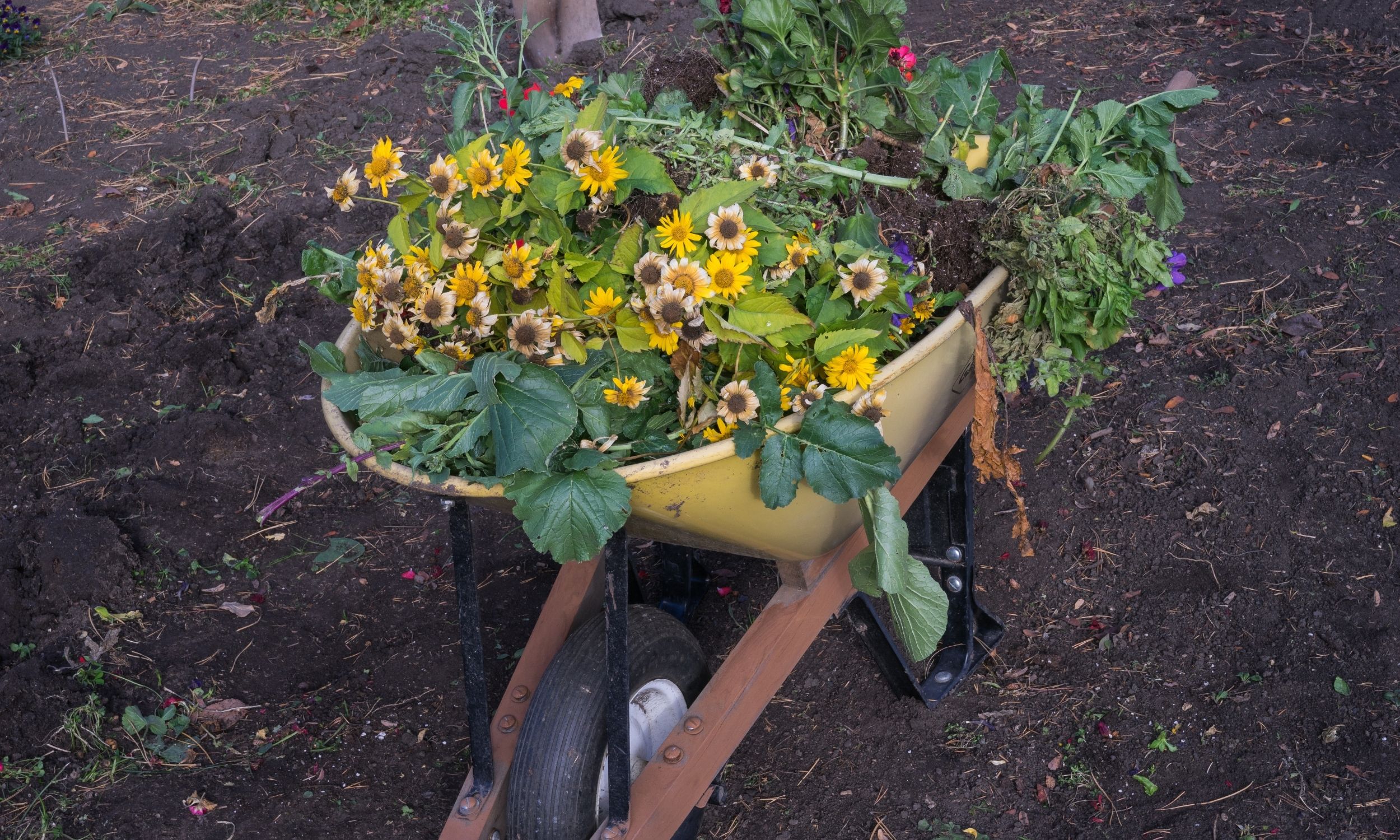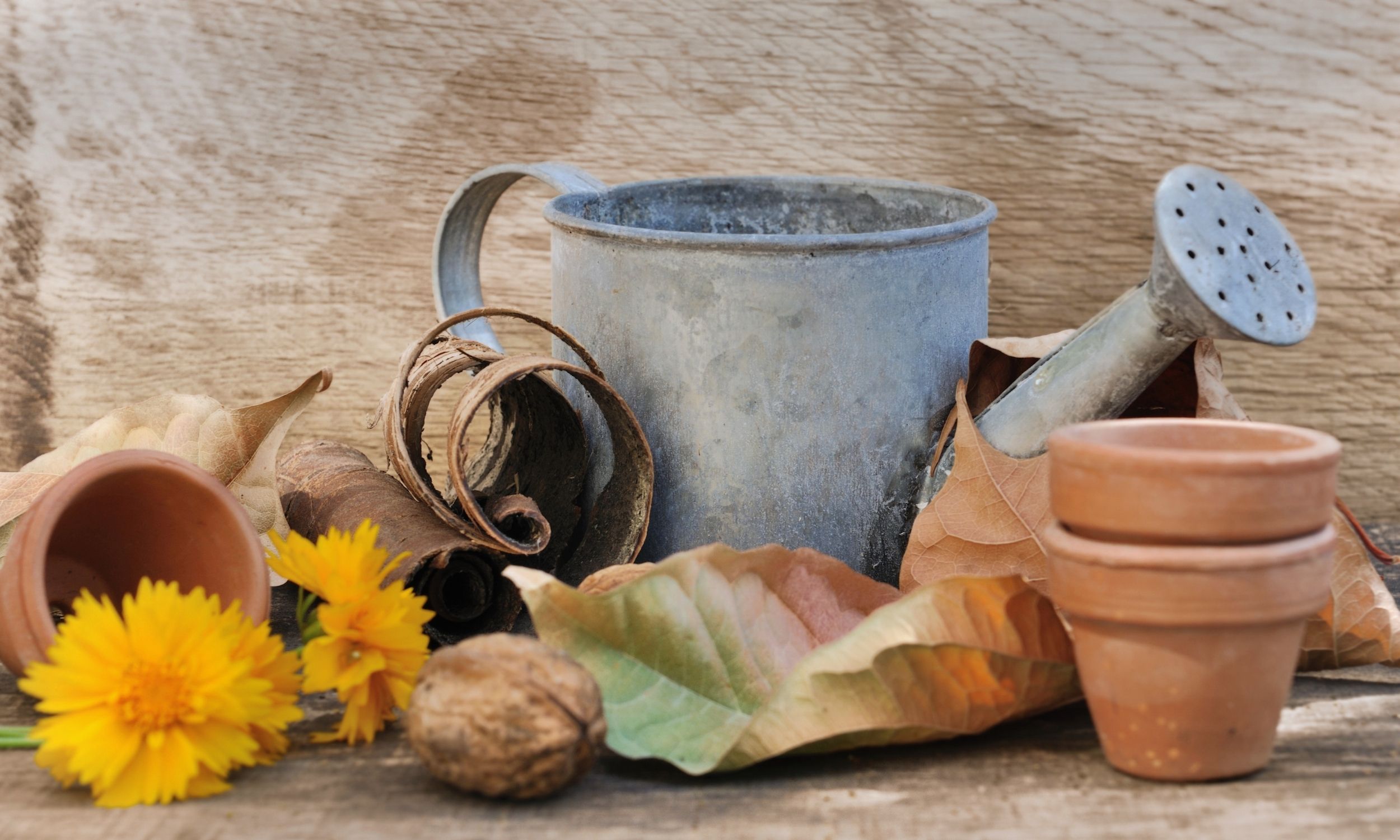Fall Garden Cleanup Tips & Tricks
Gardening in the fall is a great time to look back on your garden successes and disappointments, but there’s still plenty of time left for most of us to do some last-minute garden maintenance. Fall gardening takes advantage of cooler temperatures and fewer insects and putting the garden to bed is nowhere near as hectic as waking it up in the spring. You’ll have time to really see how your plants are doing. Follow these Fall Garden Cleanup Tips & Tricks to help you put your garden to bed and get you started off on a good foot next season.
Disclosure: Some of the links below are affiliate links, meaning, at no additional cost to you, I will earn a commission if you click through and make a purchase.
Garden Cleanup Tips & Tricks
Take Note – During the busy summer months my journal takes a back seat so in the fall I make sure to set aside sometime to jot down notes about things that went well, things that need to be fixed and new things I want to try next season. My phone is always with me so that I can snap a picture here and there to remember the little details that often get forgotten. Taking good notes and pictures will be key to planning next years garden.
Test and Amend Soil – Fall is the best time to take soil samples and apply the recommended amendments like lime and trace minerals. This gives the nutrients time to blend into the soil so that any deficiencies will be remedied and the next year’s garden will be healthier. If you want to know more about testing your soil visit – How to Test Your Soil

Trees & Shrubs – Keep trees and shrubs well watered until the ground freezes. They may look dormant, but they’re still alive. If you have a mild, dry winter, continue watering throughout the season. This goes doubly for trees that were planted this year.
Perennials – Cut back most perennials. Definitely cut back diseased perennials and remove all foliage and dispose of it somewhere other than the compost.
Irrigation & Hoses – If you live in a climate with consistently freezing temperatures, remove any water from hoses and irrigation lines so they do not burst. An air compressor is great for this!!
Tools & Supplies – Clean and sharpen tools and secure any materials that can blow away. Do an inventory of supplies, such as irrigation lines, snips, buckets, flower food,etc. Order any needed supplies over the winter so they are readily available in the spring.
Plant Fall Bulbs for Spring Flowers
Spring-flowering bulbs (also called “fall bulbs”) provide early nectar for pollinators like bees. Tulips and daffodils make great early spring cut flowers.
Plant by late October into early November. Larger bulbs are best planted 8 inches deep; smaller bulbs, 4 inches deep. Bulbs are best planted in groups or beds of the same color, but you can also scatter bulbs across your perennial beds for pops of color in early spring.
Speaking of bulbs, be sure to dig up tropicals such as cannas, dahlias, elephant ear, caladium, and gladiolus before a hard freeze arrives!
EasyGrow Bulbs is my go to place for bulbs, tubers, and croms.

Plant Perennials and Shrubs
One of the best times to plant perennials and shrubs, both evergreen and deciduous, is in the fall. You ideally want to get them into the ground at least 6 weeks before the soil freezes deeply and temperatures plummet, so aim for early to midseason. Once planted mulch them deeply, both to help protect roots from temperature extremes and to minimize weeds.
Fall is a great time to check cleaning tasks off your garden to-do list. Less time tending to growing plants allows more time to complete the necessary cleaning of your garden. The effort you put in now as you put your garden to bed for the winter will benefit you in the spring by making it easier to get your garden going again.
